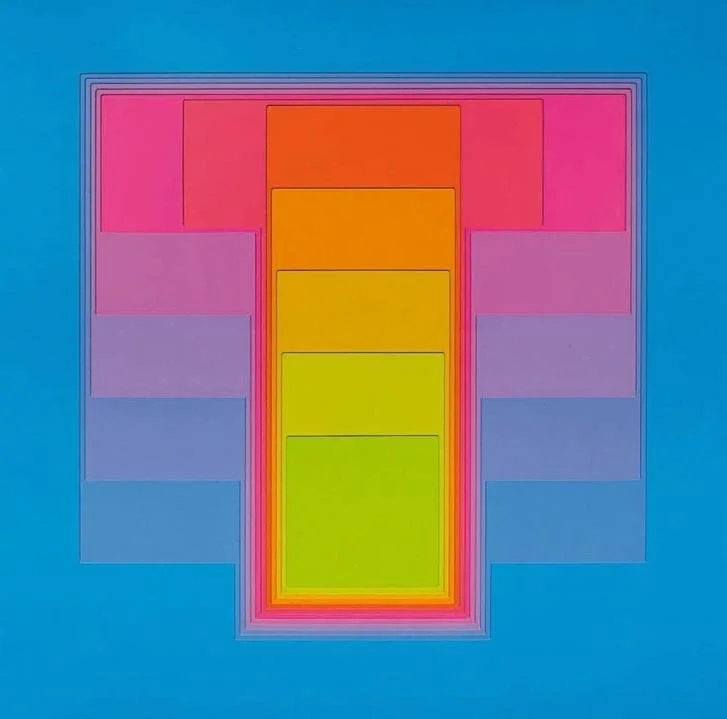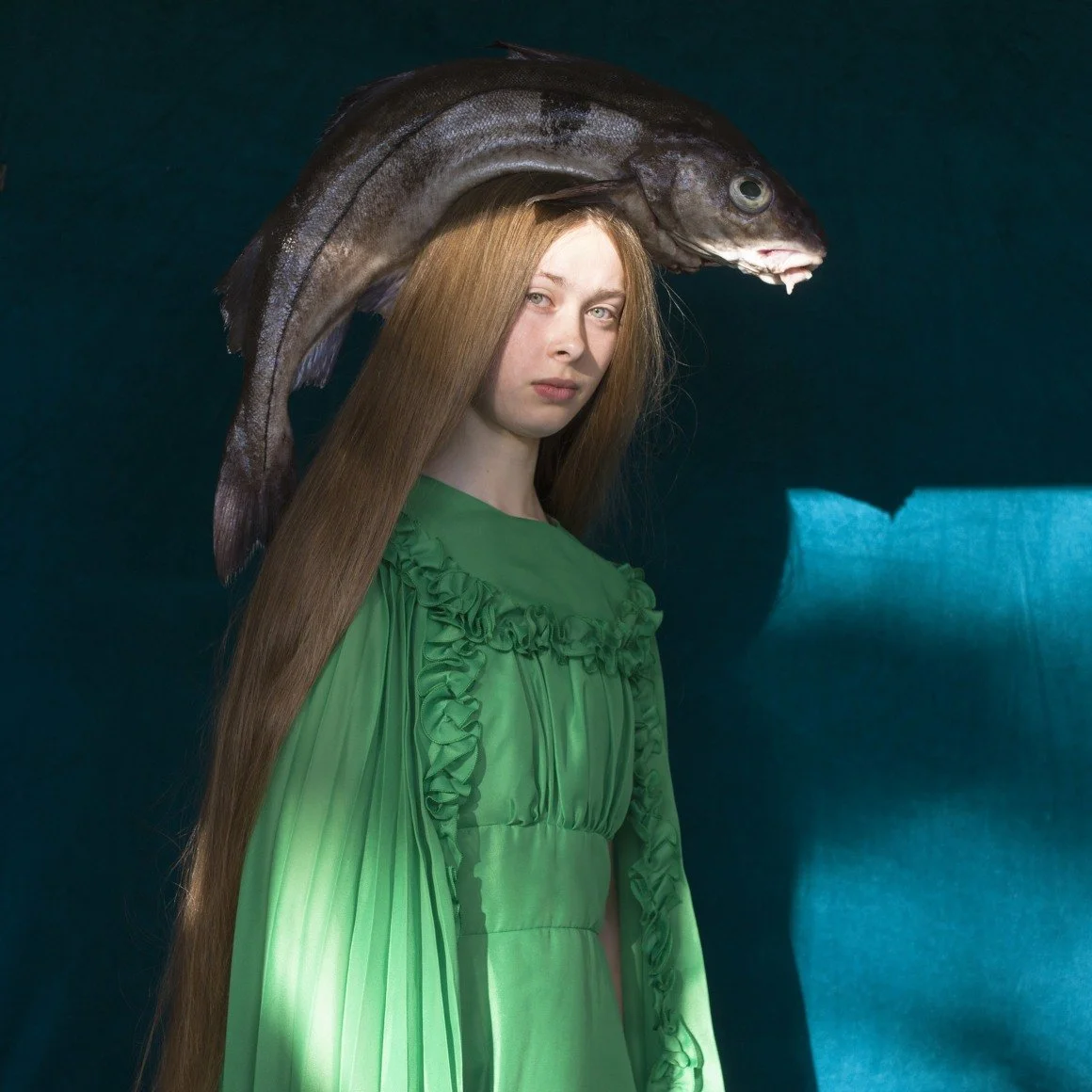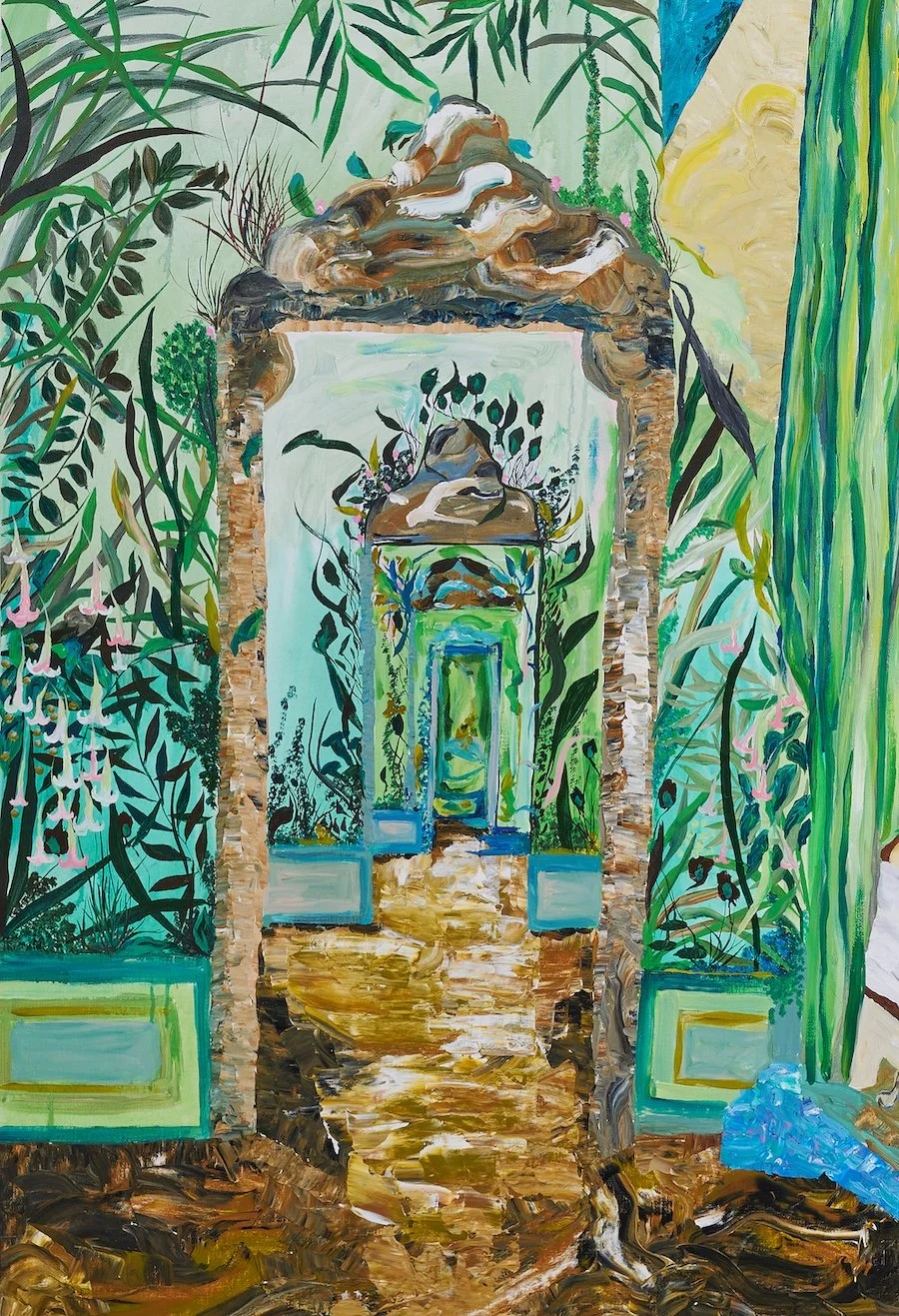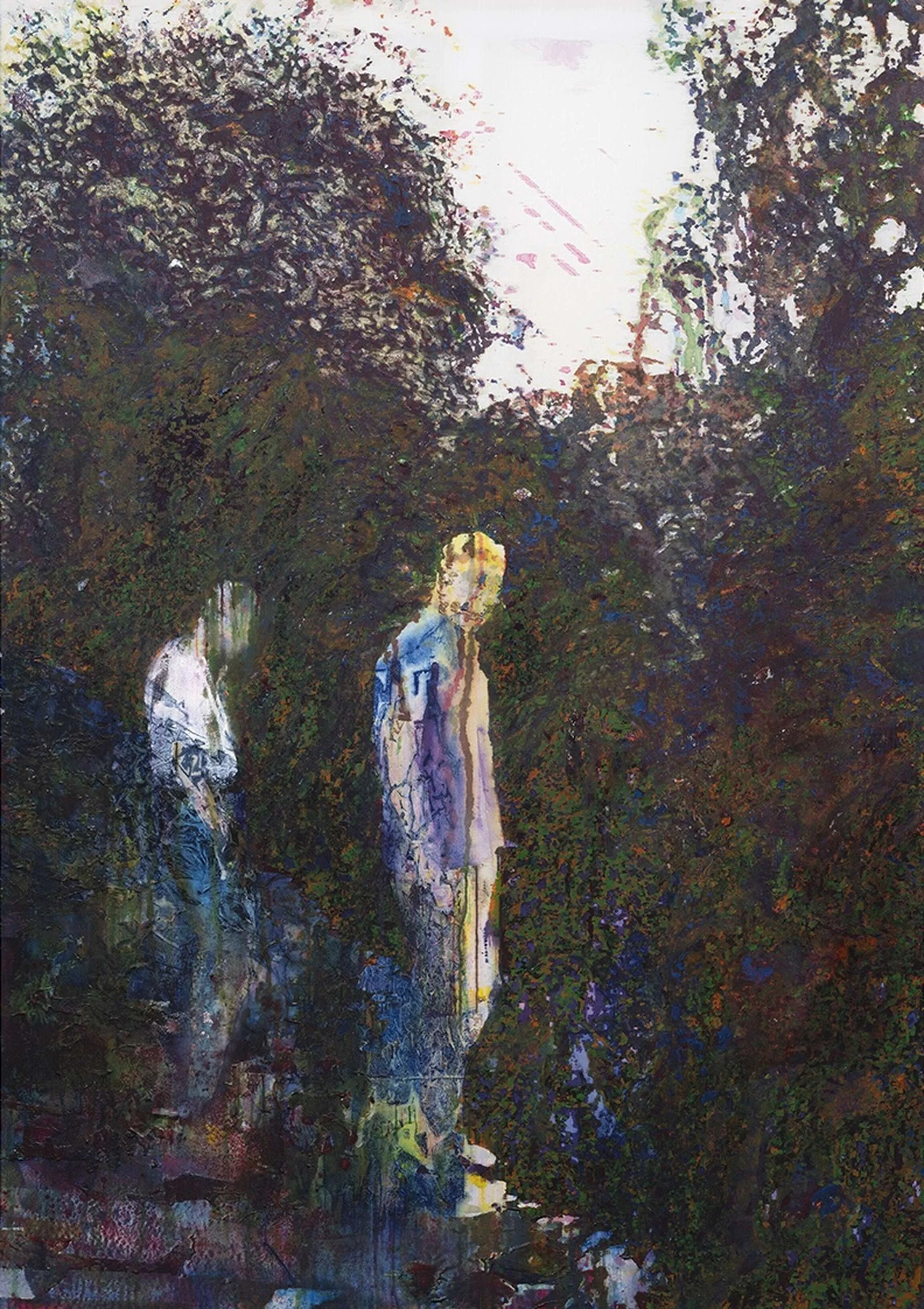Karl Gerstner
“Color Sound”
New York, 11 East 78th Street
The selection of work in Color Sound consists of abstract compositions on board using mathematical sequencing of value and tone. Developed through image systems, rather than individual works, Gerstner sought to create constructive images in which form and color were in unity. Fascinated by the effect of color and sound as cultural signifiers, he used the subtle modularity of an image to engage the viewer by combining these strategies with serial principles. This is the first time Gerstner’s work will be on view in New York since his solo exhibition at the Museum of Modern Art in 1973.
After completing an apprenticeship in Fritz Bühler's studio in 1948, Gernster was hired by the infamous design team at Geigy Pharmaceuticals. In 1959, with copywriter and editor Markus Kutter, Gerstner formed the advertising agency Gerstner + Kutter, which later became Gerstner Gredinger Kutter (GGK) with the addition of architect Paul Gredinger in 1963. In the 1960s, (GGK) became one of the most successful advertising agencies in Europe, with clients such as IBM, Shell, Volkswagen, and Swissair. Gerstner was included in the historic MoMA exhibition, “The Responsive Eye,” in 1965, the defining Op Art exhibition, at the height of the movement’s international impact. The seminal exhibition included works by Albers, Larry Bell, Max Bill, Gego, Agnes Martin, Ad Reinhardt, Bridget Riley, Frank Stella, Victor de Vasarely, among others. Gerstner was close friends with Max Bill, Josef Albers and other artists part of Constructivism and Concrete Art who were in dialogue with Latin American artists similarly blurring the line between design and contemporary art.
During his lifetime, Gerstner developed his work as a designer and painter simultaneously. He advanced a systematic language of color and form illuminated by his theory-driven practice, which has been influential to generations of graphic designers. He was one of the first to exploit the grid to create complex variations in typography, a process which extended itself into his paintings to apply similar systems to color and form. Gerstner advocated for an interdependence between art and everyday life through functional and aesthetic design in all facets of one's environment.The works presented in Color Sound and the systematic rigor behind them establish Gerstner as a pioneer of form and celebrates his significant contribution to Constructivism and Concrete Art.






